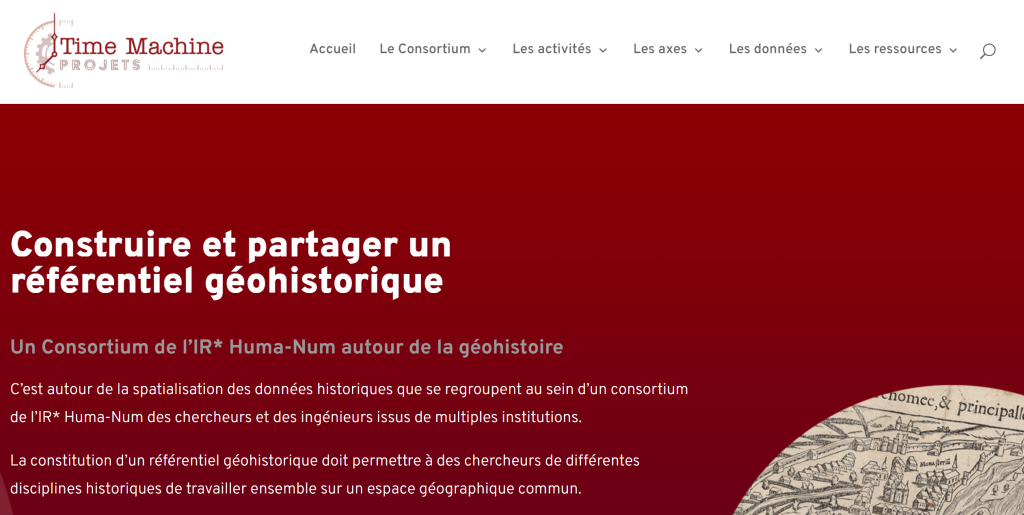The consortium is developing spatial analysis tools and making them available for Qgis via a toolkit in the form of a Qgis plugin.
Currently, the toolbox contains the MorphAL tool, which allows the analysis of the morphology and shapes of plots.
MorphAL
The MorphAl (for Morphological Analysis) plugin enriches vector shapefiles of the “parcel” type to facilitate the search for landscape structuring logics. It adds semantic attributes to segment and polygon data concerning their geometric properties (orientation, rectangularity, convexity). These attributes correspond to mathematical indicators that are automatically calculated and integrated into the attribute table of the shapefiles.
The MorphAl (for Morphological Analysis) plugin enriches vector shapefiles of the “parcel” type to facilitate the search for landscape structuring logics. It adds semantic attributes to segment and polygon data concerning their geometric properties (orientation, rectangularity, convexity). These attributes correspond to mathematical indicators that are automatically calculated and integrated into the attribute table of the shapefiles.
A parcel of land data in polygons, most often from vectorised cadastres, can be broken down into segments; the plugin then allows the orientation of each segment to be added: researchers can then test or identify certain orientations which structure all or part of a space, and which are therefore more or less morphogenetic (for example, Roman centuriations which organise the Padana plain of Northern Italy even today more than in ancient times).
Moreover, the geometry of the polygon parcel data can be characterised according to two morphological analysis criteria: rectangularity (parcels very far or on the contrary very close to their minimum enclosing rectangle) and convexity (parcels very far or on the contrary very close to their convex envelope). Mathematical indicators, with a value between 0 and 1, are automatically calculated and integrated into the attributes of the shapefile data, which can then be classified. The concentration in one place of very rectangular plots suggests a regularity that the historian must then analyse: it allows us to identify an initial planning (for example a subdivision in ancient times, including protohistoric times) and the updating of this regular shape in the long term in different periods (ancient, medieval, modern…). The concentration in one place of plots with a strong lack of convexity suggests conflicts of form and makes it possible to identify temporal shifts that result in a mismatch of inherited spatial structures.
Bibliography :
Sandrine Robert, Hélène Noizet, Eric Grosso, Pascal Chareille, « Éléments d’analyses morphologiques du parcellaire ancien de Paris », dans H. Noizet, B. Bove, L. Costa (dir.), Paris de parcelles en pixels. Analyse géomatique de l’espace parisien médiéval et moderne, 2013, Paris, France, éd. Presses universitaires de Vincennes, pp.197-221.
Grosso, Eric ; Noizet, Hélène ; Robert, Sandrine ; Chareille, Pascal, “The ALPAGE historical GIS: a new tool allowing a new look at medieval Paris”, dans François Djindjian, Sandrine Robert (éd.), Understanding Landscapes, from discovery to Land their spatial organization, British Archeological Reports International Series 2541, Proceedings of the XVI World Congress of the International Union of Prehistoric and Protohistoric Sciences (Florianopolis, Brazil, 4-10 September 2011), 4, , 2013, p. 77-86.
Download the plugin /toolbox de MorphAL for Qgis > 3
[Development of the MorphAL plugin + PTM toolbox ]: Eric Grosso

